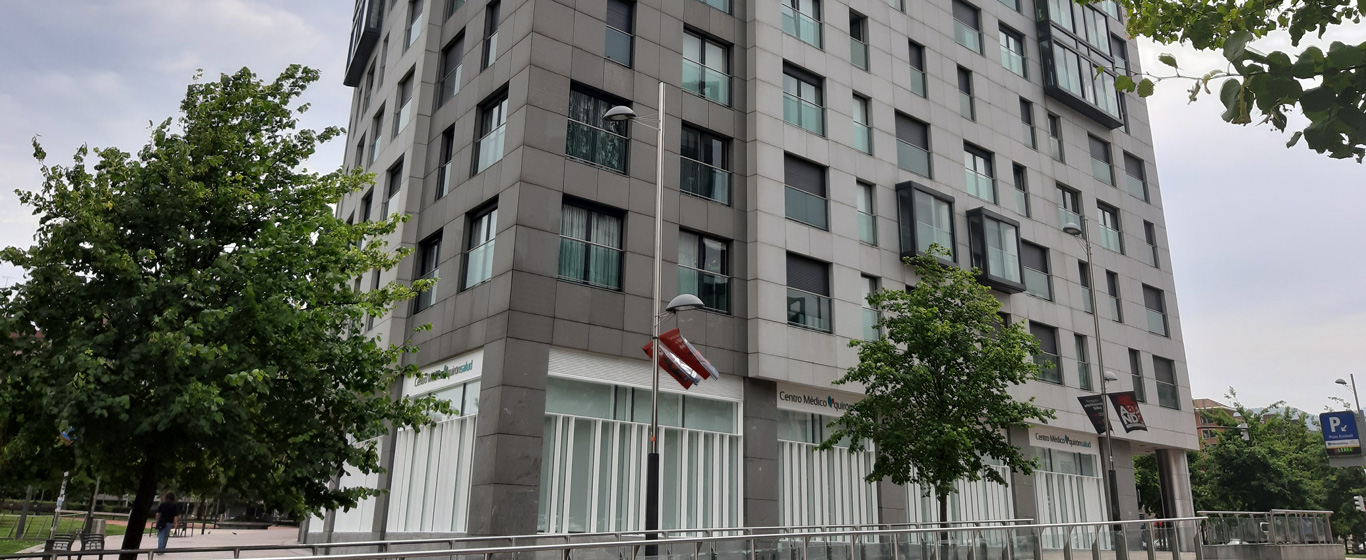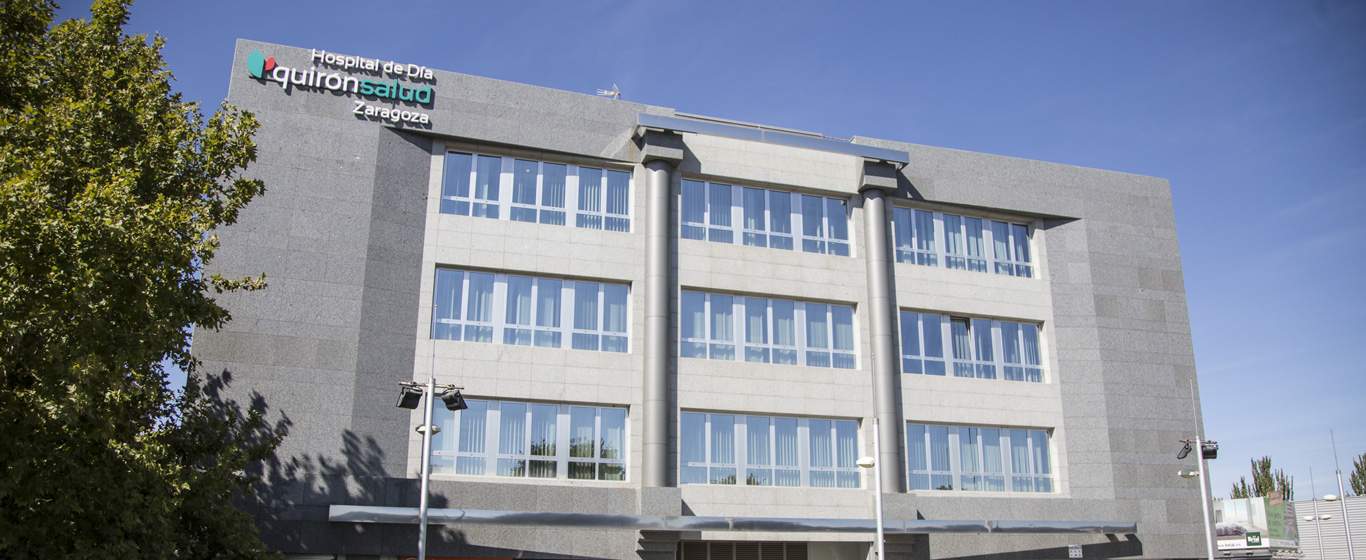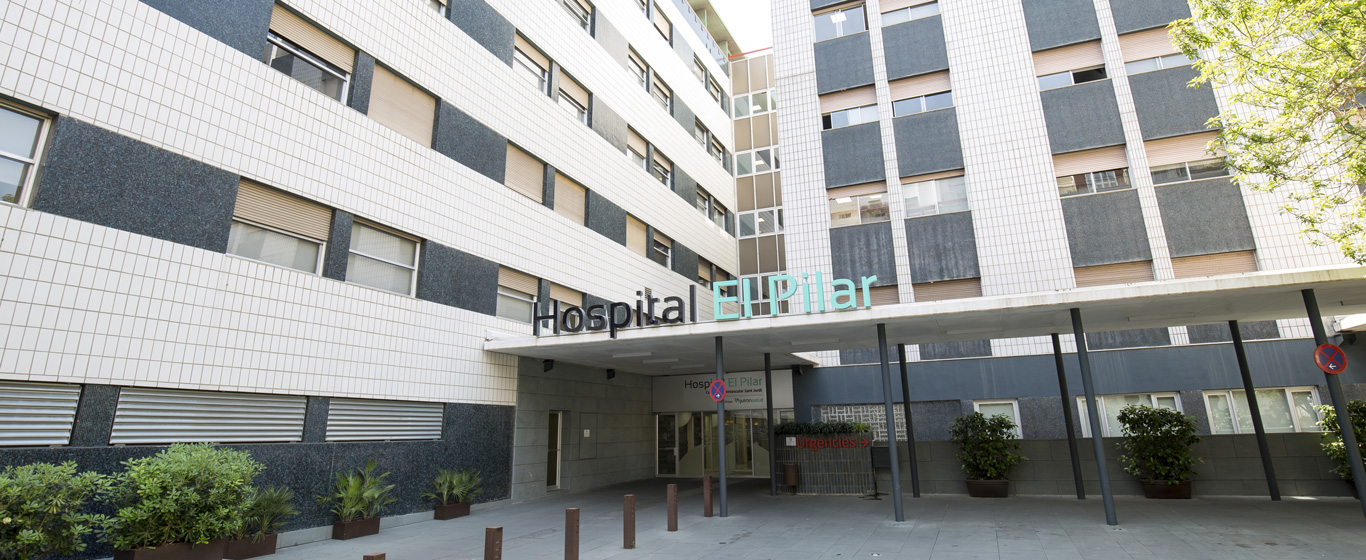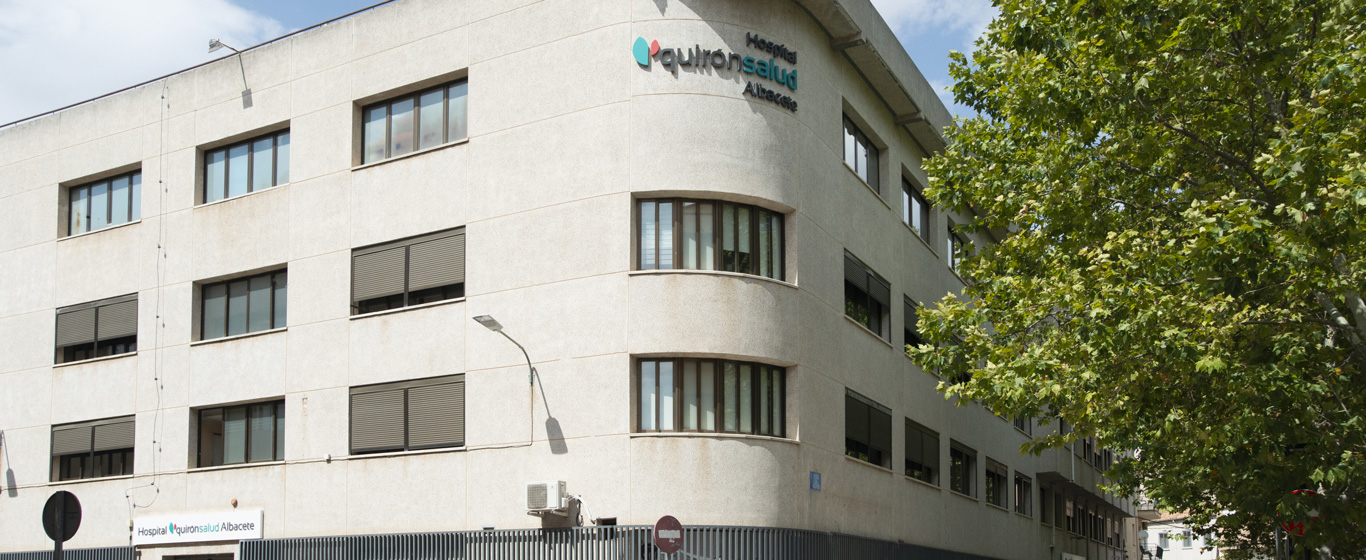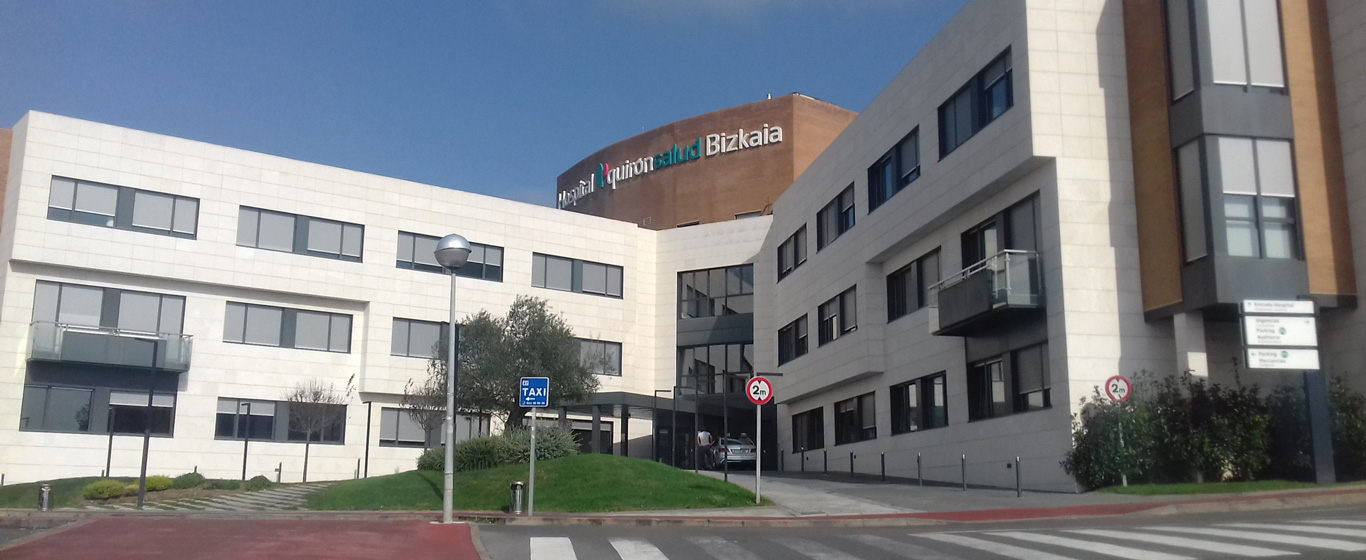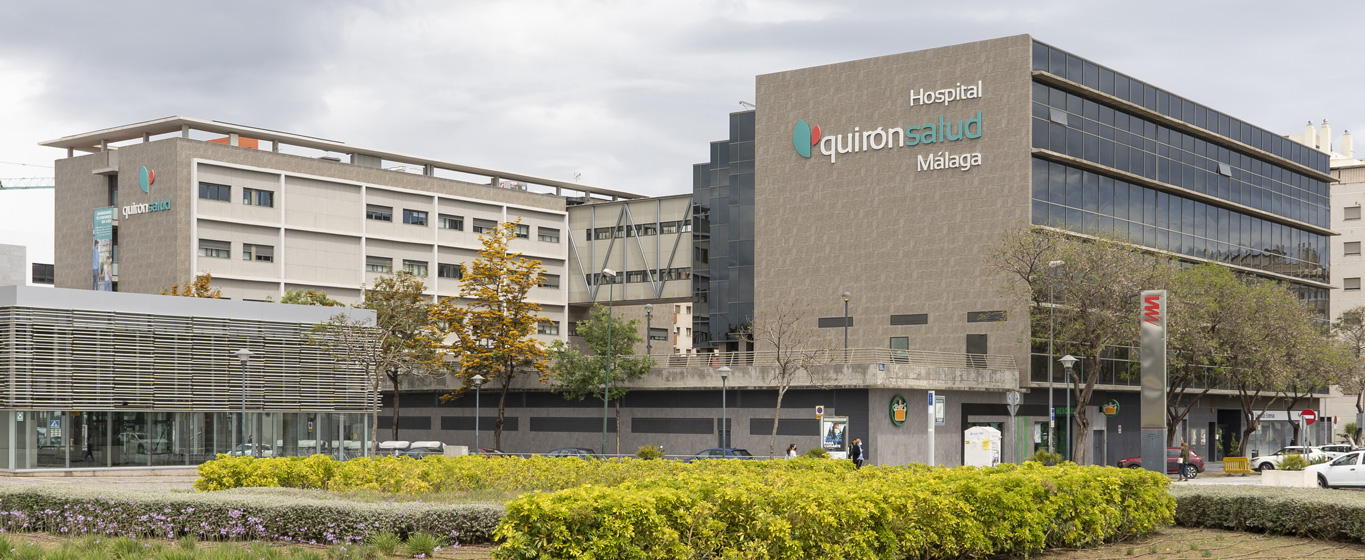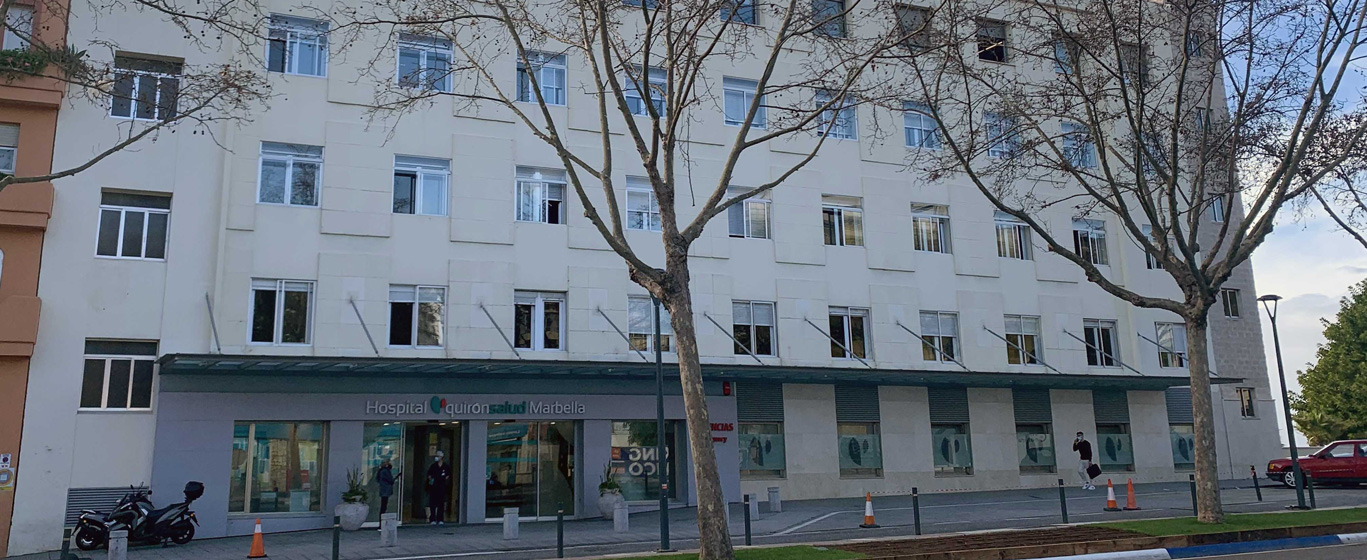Pneumothorax
What is pneumothorax? All about the causes, symptoms, and treatments for lung collapse.
Symptoms and Causes
Pneumothorax occurs when air accumulates in the pleural cavity, which is the space between the chest wall and the lungs. When this happens, the lung collapses because the air presses on it from the outside.
Depending on the cause, there are four types of pneumothorax:
- Traumatic pneumothorax: triggered after chest trauma.
- Iatrogenic pneumothorax: caused by the effect of instruments used in diagnostic or therapeutic procedures.
- Mechanical ventilation pneumothorax: induced by the use of artificial breathing apparatus.
- Spontaneous pneumothorax: no apparent reason for its occurrence. It can be primary (caused by the rupture of small cysts that form in the lung without a known cause) or secondary (occurs in patients with a pre-existing lung disease).
In a small percentage of cases, around 3%, air enters the pleural cavity upon inhalation and is not expelled during exhalation. As a result, tension pneumothorax occurs, during which the pressure in the pleura exceeds atmospheric pressure. This type of lung collapse requires urgent medical intervention.
Symptoms
The symptoms of pneumothorax are easily recognizable.
The most notable include:
- Sudden chest pain
- Dyspnea (shortness of breath)
- Dry cough
- Hemoptysis (coughing up blood)
- Hypotension
- Cyanosis (bluish skin due to lack of oxygen in the blood)
- Tachypnea (rapid and shallow breathing)
- Syncope (loss of consciousness with spontaneous recovery)
Causes
The accumulation of air in the pleura can be caused by:
- Trauma or penetrating chest injuries from falls, blows, accidents, or surgical procedures.
- Certain lung diseases such as cancer, cystic fibrosis, pneumonia, or chronic obstructive pulmonary disease (COPD).
- Rupture of air-filled bullae formed on the lung surface.
- Use of mechanical ventilation.
Risk Factors
The main factors that increase the risk of suffering from pneumothorax include:
- Smoking
- Family history
- Previous lung collapse
- Having a lung disease
- Being connected to a mechanical breathing machine
- Having suffered an accident or contusion
- Being between 20 and 40 years old in the case of spontaneous pneumothorax
Complications
When the lung collapses due to air accumulating in the pleura, it is possible that the hole does not close completely, increasing the chances of recurrence.
Prevention
There is no way to prevent pneumothorax. One way to take care of lung health is, above all, not to smoke.
Which doctor treats pneumothorax?
Pneumothorax is diagnosed and treated by pulmonologists, emergency physicians, or thoracic surgeons.
Diagnosis
Pneumothorax is diagnosed by observing the symptoms and conducting a physical examination that includes:
- Auscultation to detect if the breathing is faster or more shallow than usual.
- Percussion of the chest to detect a possible decrease in the oscillations produced in the larynx while speaking.
To confirm the diagnosis, a chest X-ray is often performed to visualize the affected area of the lung collapse.
Treatment
Treatment for pneumothorax should focus on both reversing the situation and preventing recurrence. Some of the most common treatments include:
- Chemical pleurodesis: a drainage is used to introduce substances that inflate and bond the pleural tissue.
- Aspiration: a needle with a catheter is inserted to remove the accumulated air. Normally, the catheter is left in place for several hours to help the lung expand.
- Surgery: surgery is only performed in cases of recurrent pneumothorax, those affecting both lungs, or when the air leak persists for more than seven days. The most effective technique in these cases is video-assisted thoracoscopic surgery (VATS), which allows for the exploration of the pleural cavity while simultaneously repairing the leak or resecting the bullae.























